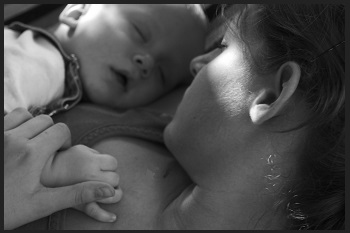Although smartwatches and augmented reality glasses have appeared to be a promising category, new players are coming.
Wearables have been appearing on the market in many different forms, with several devices coming in the form of smartwatches, as well as smart clothing, headsets, and other types that can be attached to the body in some way.
Some predictions, however, are now starting to say that wearable technology worn on the ear will be the next wave.
According to the IDC Asia Pacific associate vice president for big data, analytics, and software, Craig Stires, “There’s some interesting information you can capture through the ear. We’ve been looking at things like wrist wearables, but the ear can capture things like oxygen levels, electrocardiograms, and body temperature.” This has opened up the opportunity to develop wearable technology that would be able to perform at a very impressive level. It would also mean that an entirely new sub-category of these devices would open up.
It has been predicted that hearable technology wearables could be worth $5 billion by 2018.
 That forecast was made by the Wifore Consulting chief technology officer and founder, Nick Nunn. The prediction of this U.K. firm would mean that the hearable category of wearable technology would be worth the same amount as the entire industry of these devices at its present level.
That forecast was made by the Wifore Consulting chief technology officer and founder, Nick Nunn. The prediction of this U.K. firm would mean that the hearable category of wearable technology would be worth the same amount as the entire industry of these devices at its present level.
Fans of wearable tech enjoy the ability to use these devices in a kind of “synced lifestyle”, where their devices integrate perfectly into their daily life. According to the PSFK research firm’s “Future of Wearable Tech” report, which was issued in 2014, that mentality has helped in the development of devices that can be worn on just about every body part. Moreover, it has also brought the worlds of technology and fashion into the same environment.
However, Hunn has stated that there is one primary factor which may be overlooked by brands offering wearables, so far. That is that “Sound drives the bulk of our technology use.” Moreover, the only type of wearable technology that has already fully gained social acceptance and mainstream use is earbuds. As a result, he feels that it is those devices that will soon be experiencing a “revolution in capability”.

 To do this, participants that visit the ICU can use the wearable technology and the images that they see will be streamed live to tablets that are given to the mothers. Therefore, the mothers will be able to view the video of their babies when the participating nurses visit their babies.
To do this, participants that visit the ICU can use the wearable technology and the images that they see will be streamed live to tablets that are given to the mothers. Therefore, the mothers will be able to view the video of their babies when the participating nurses visit their babies.